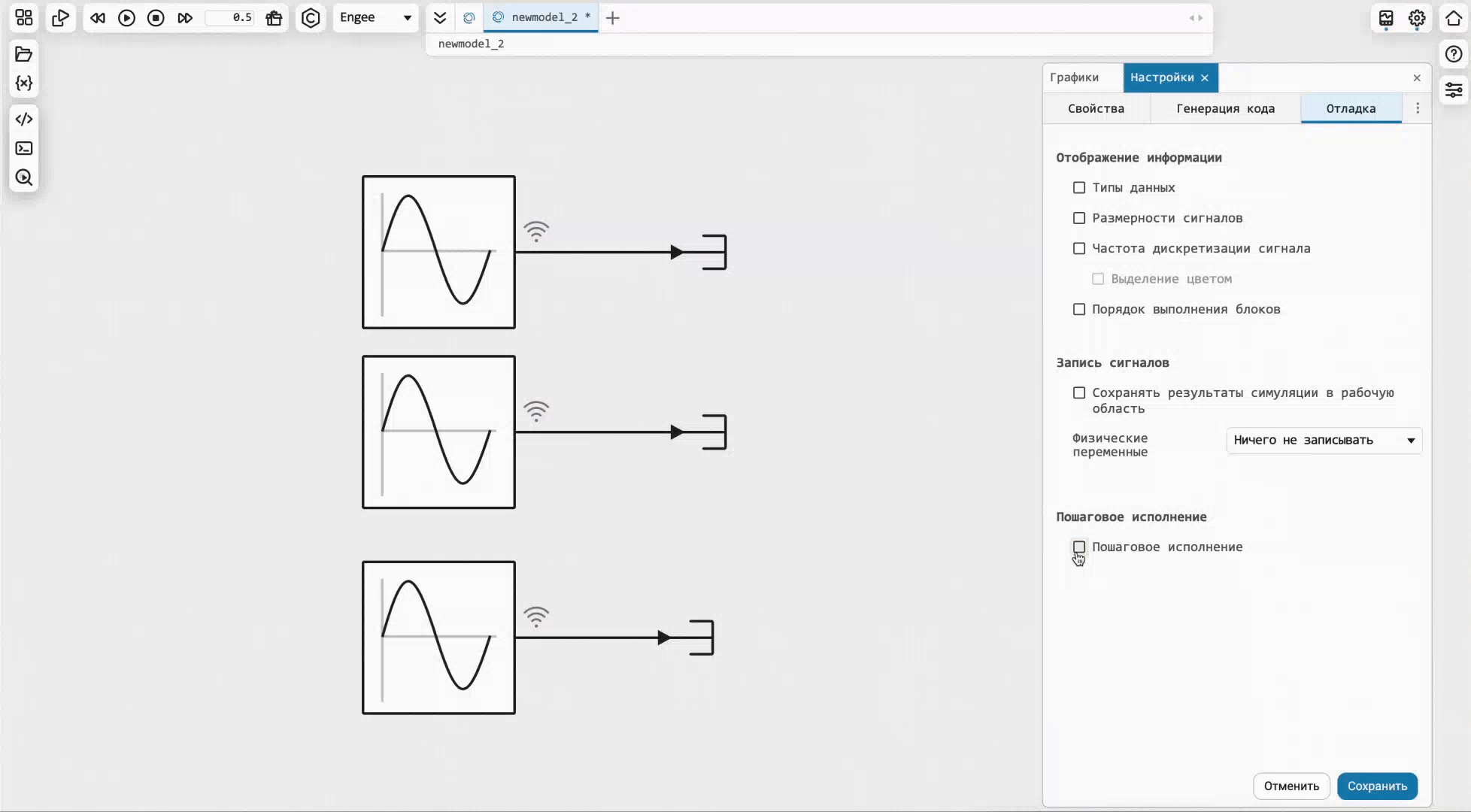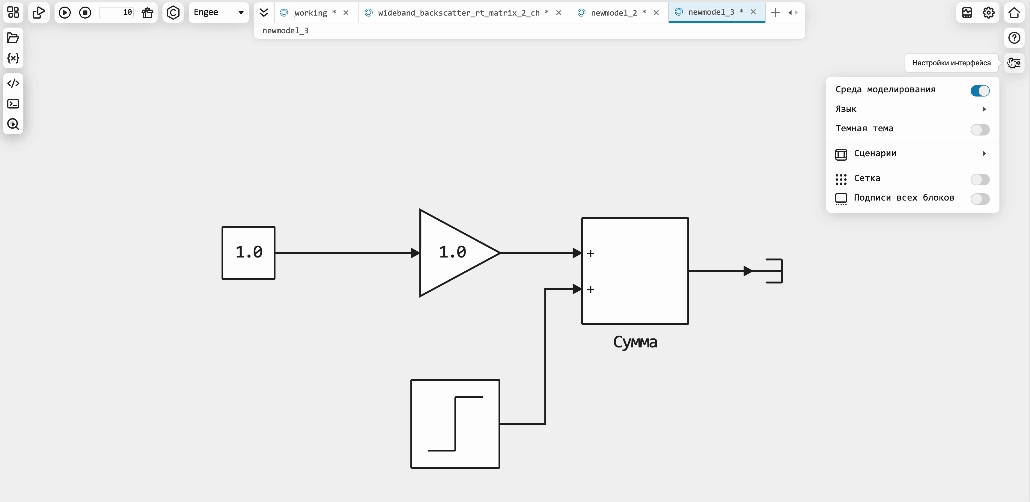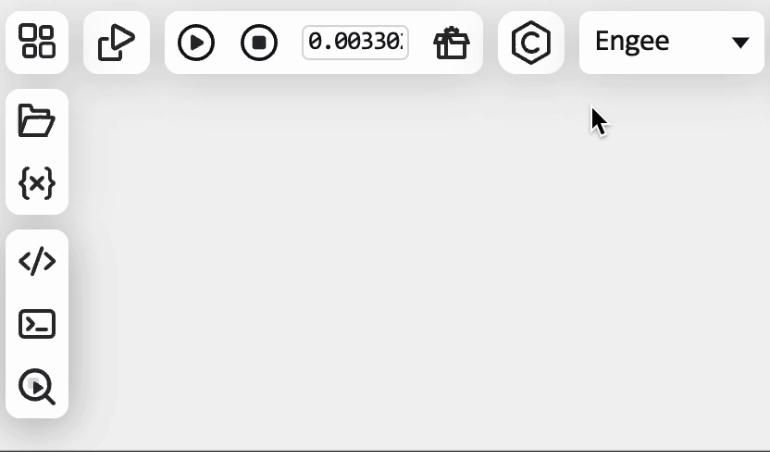What’s new in 24.5
Release date: May 2024
 General
General
 Maths computing environment
Maths computing environment
 Interactive content for scripts
Interactive content for scripts
Implemented a very handy tool for you to navigate through the contents of a script. The content is generated automatically based on the formatting of the text of the sections. You can quickly jump from one section of the script to another, execute it or delete it. You can also quickly create a new section.

 Possibility to open a "broken" interactive script
Possibility to open a "broken" interactive script
Sometimes it happens that part of the file data is lost during transmission over the network and scripts stop opening in development environments. This can carry a great risk of loss of development work and time spent on development. To minimise such losses, we have made it possible to open a "broken" script in text form. This way you can get access to its contents.

 Modelling environment
Modelling environment
 New library - Radars
New library - Radars
We have highlighted a new library - Radars. It will contain algorithms and tools for the design, simulation, analysis and testing of multifunction radar systems. As the library is populated, it will include models of transmitters, receivers, propagation channels, targets, jammers and jammers. It will allow radar modelling at different levels of abstraction, using probabilistic and complex envelope models.

 Iterative execution of Engee models
Iterative execution of Engee models
Another feature for accurate debugging that we’re sure a lot of people are waiting for. We have implemented the ability to perform step-by-step debugging of Engee dynamic models. To do this, you need to enable this kind of model execution in its settings. In the menu you can adjust the number of steps, as well as the time (in milliseconds) of the step when iteratively executing models. You will now be able to move forward or backward in the modelling process and track the results with each step.


 Displaying variable types in block settings
Displaying variable types in block settings
We have implemented one more very convenient function - display of variable types in block settings when changing and saving them. Also the pop-up menu will now display the type of parameters value, if it is set by vector or matrix.



 Changed the principle of saving block parameters
Changed the principle of saving block parameters
By default, parameter changes are saved by pressing Enter, but now, to be sure, the user can disable automatic saving and apply changes manually.

 Displaying block names
Displaying block names
Previously, the Engee canvas displayed the names of blocks whose name was changed, but now for your convenience we have added the ability to display the names of all blocks.

 Improved Solver Configuration
Improved Solver Configuration
Engee uses local solvers in conjunction with a global solver to compute physical networks, a well-known approach that allows large complex models to be computed in a reasonable amount of time. Moreover, a single physical network can be divided into several smaller networks connected by directional signals, and a local solver can be used for each.
We have added support for discrete local solvers, representing the physical network as a discrete black box for the global solver. This allows for even greater speedup with often acceptable loss of accuracy, which is especially relevant for real-time computations on the RITM CPM.


 Changed the numbering of runs in the Data Inspector
Changed the numbering of runs in the Data Inspector
Now, when you delete a run, the numbering is saved and does not start again. When several different models are run sequentially, the runs are also numbered sequentially.
 New blocks and updates
New blocks and updates
Communication systems
Phased antenna arrays
Signal processing
Library of electrical elements
Isothermal liquid
Thermal liquid
Also:














.svg)





















.svg)

.svg)
.svg)
.svg)
.svg)
.svg)
